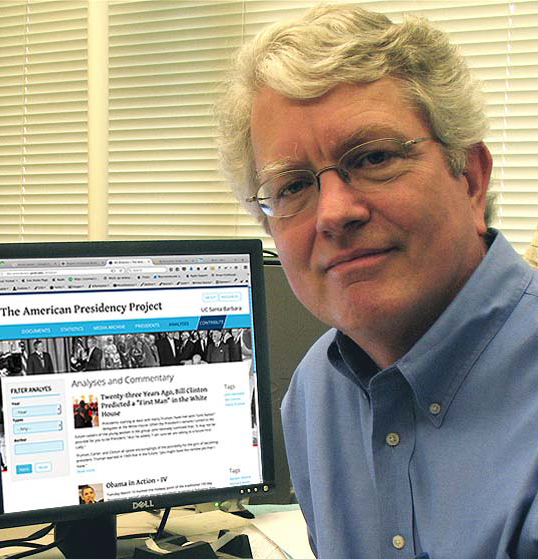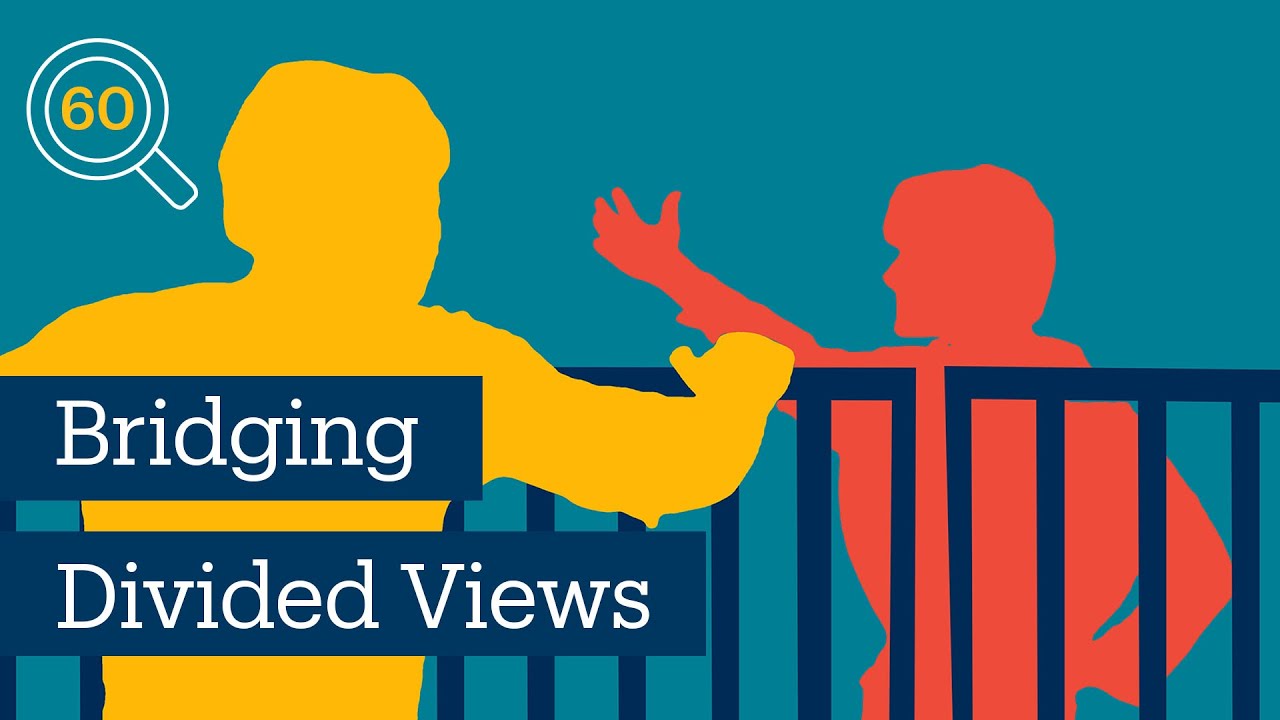
#President of the United States

Shortly after his inauguration in 1933, President Franklin D. Roosevelt delivered his first fireside chat. It was early March, and the topic was The Emergency Banking Act, a piece of legislation aimed at stabilizing the country’s banking system amid the Great Depression.
More than two dozen similar radio broadcasts followed over the course of Roosevelt’s presidency, each addressing an issue vital to the country — the recession, New Deal initiatives and, of course, U.S. involvement in World War II.
FDR took advantage of what was then still a relatively new communication technology. Other commanders-in-chief have followed suit — from Harry Truman to Barack Obama — using the latest communications media on a regular basis to bring their messages directly to the people. And as new communication channels have developed — think Twitter and Facebook — they have made the most of them.
“One of the interesting things about the history of presidential public communication is that without exception, every time there’s some kind of communication innovation, we can see politicians figuring out how to use it to their advantage,” said John Woolley, professor of political science at UC Santa Barbara. He also is co-founder of the UCSB-based American Presidency Project, a non-partisan online source of presidential documents, with archives containing nearly 130,000 documents.
Among the newest communication innovations is one utilized to its fullest by our current President. The tweet — a message summed up in 280 characters or less — enables him to communicate his thoughts directly.
Though very informal in comparison to most presidential documents, presidential tweets are, according to Woolley, regarded by the National Archive as public documents. As such they also will be maintained as part of the Donald Trump archive on the American Presidency Project. “They are not at this point being officially collected by the White House and released along with other presidential documents, but we hope in the next few months to incorporate his entire post-candidate tweet production in our collection,” he said.
Though Twitter, which appeared on the scene in 2006, was available to presidents George W. Bush and Barack Obama, what’s different and surprising about Trump, Woolley noted, is his regular use of it. “And part of the reason it matters and is so effective for him is because he is willing to break with regular norms, and to do so in order to draw attention to himself,” he said. “So name-calling, taunting, denigrating other people — all that stuff ordinarily is not regarded as presidential behavior, but he has shown how effective it can be for him as president.”
And, of course, the immediacy of Twitter makes it not only possible, but very easy.
“What makes the tweets so effective is that they are so non-presidential,” Woolley continued. “A part of what seems to be one of the enduring appeals of Donald Trump to the core of his constituency is precisely the fact that he’s willing to break the rules. He will say things other presidents wouldn’t be willing to say. Twitter lets him signal to his constituents that he is not part of the norm.”
Trump’s tweets will likely serve in the same capacity as some kinds of documents other presidents would have released more formally, Woolley noted. “The Trump administration had a pretty chaotic startup at the White House,” he said. “It took them a long time to figure out how to prepare documents and classify them in the right way. Tweets may take the place of some of them. And he hasn’t had many formal, full-blown-press, televised conferences — he’s had fewer than most presidents have had.
“But he substitutes for that with tweet storms; and he does interviews with newspapers,” Woolley added. “And while the American Presidency Project doesn’t have complete tracking on all of that stuff, we will gradually fill in most of it over time.”



